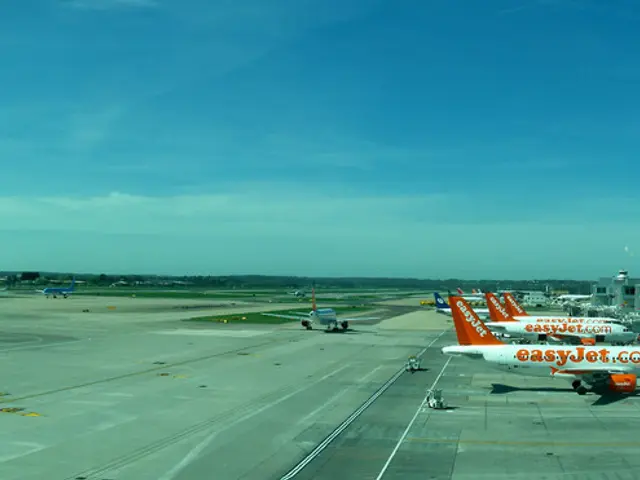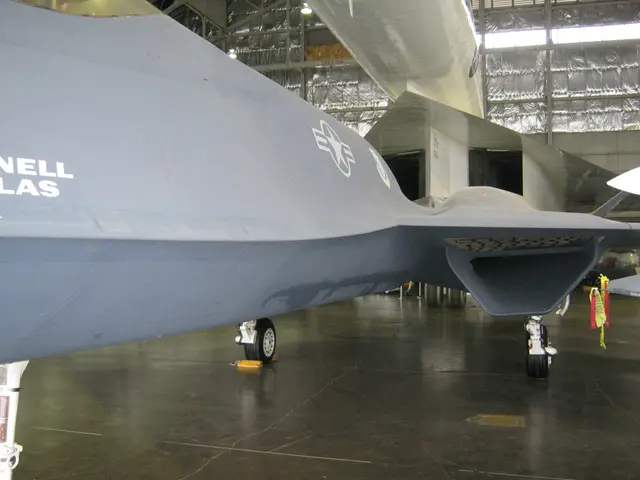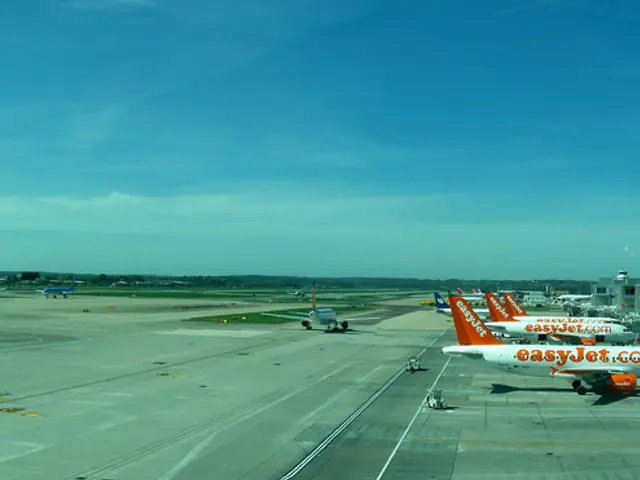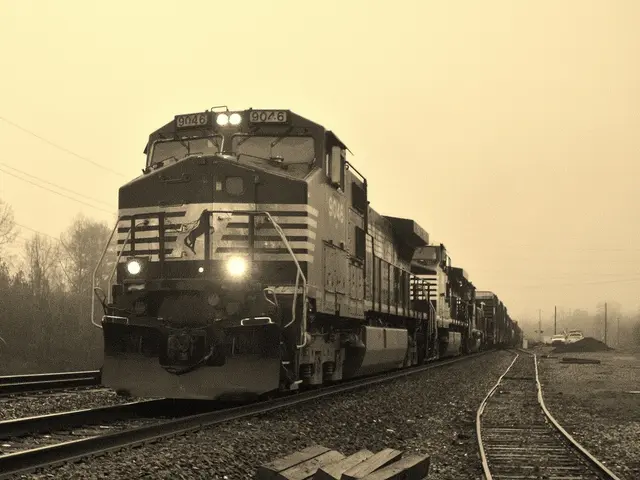Bidding Adieu to the T-1A Jayhawk: Air Force Retires Its Advanced Pilot Trainer
Farewell to Laughlin's Last T-1 Flight Instructor amid Departure of the T-1 Jayhawk Program
The T-1A Jayhawk, a trusted advanced pilot trainer for the U.S. Air Force, is taking its bow. The Air Force, aiming to streamline operations and modernize its training fleet, has decided to retire the venerable T-1A, which has spent nearly three decades in service.
The T-1A, with its twin engines and robust build, was instrumental in preparing pilots for heavier aircraft like tankers and airlifters. "The T-1A is a stellar aircraft," Capt. Nickolas Johnson, 86th Flying Training Squadron's chief of operations, said in an official release. "It offers crew resource management training - a skillset that's vital on larger, more complex aircraft."
Expensive engine overhauls and the need to allocate funds toward higher priorities, such as newer training platforms, are key reasons for the T-1A's retirement. Apart from cutting costs, the Air Force emphasizes that simulators and other flying platforms, such as the T-7A Red Hawk, can make up for the loss of T-1As.
The retirement plan for the T-1A has been in the works for several years, with the Air Force requesting Congress' approval to retire 50 aircraft in fiscal 2023. By fiscal 2024, 48 T-1As were already retired, and 52 more were set to follow suit from Laughlin Air Force Base, Texas, along with other bases. However, the drawback was imposed when Congress mandated that the Air Force keep the aircraft in service until a new Undergraduate Pilot Training curriculum had been fully implemented.
Now, with the new curriculum in place, the Air Force seeks permission to retire 22 more T-1As in fiscal 2025, including those designated for combat systems officer training. By 2029, the Air Force aims to have retired all but a few T-1As, used for combat systems officer training at Naval Air Station Pensacola, Florida.
Laughlin AFB recently bid farewell to its entire fleet of T-1As, following in the footsteps of Joint Base San Antonio-Randolph in Texas, which said its last goodbye in July 2024. The Air Force has already made substantial reductions or retirements in several other fleets, such as the KC-10 tanker, the A-10 Thunderbolt attack jet, the E-3 AWACS, EC-130H, and EC-130J variants, and is planning deep cuts to its aging F-15 fleet.
As the T-1A fades into history, the Air Force continues to adapt, evolve, and modernize its training programs, striving to prepare pilots for the challenges of today's dynamic aerial environment.
- The Air Force's decision to retire the T-1A Jayhawk opens up opportunities for advancements in the aerospace industry, particularly in the development of newer training platforms such as the T-7A Red Hawk.
- As the T-1A retires, the defense sector will need to allocate funds to support the finance and transportation aspects of acquiring and maintaining these new aircraft, ensuring they are efficiently utilized in pilot training.
- The aviation industry, along with its pilots, will play a crucial role in the shift from T-1A to these modern aircraft, as they will be responsible for operating and maintaining the new training platforms.
- The retirement of the T-1A will not only affect the Air Force's pilot training operations, but it could also have implications for the overall management of weapons and aircraft in the Air Force's inventory, requiring careful planning and strategic decisions.
- With the retirement of the T-1A, air forces around the world may consider the implications for their own pilot training programs and the broader aerospace and defense industry, spurring potential global advancements in aviation technology.








